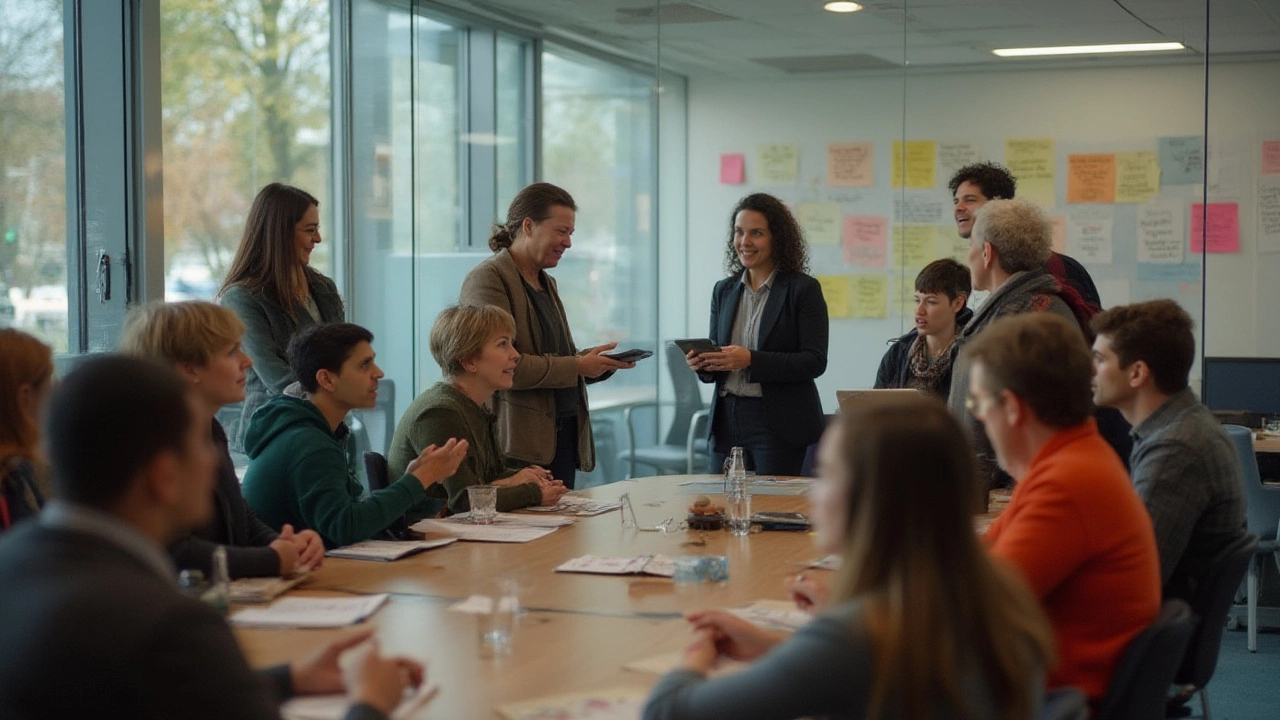Effective Teaching: Real‑World Tips for Primary Teachers
Ever feel like your lessons could be more lively, or that students aren’t hanging on to what you’re saying? You’re not alone. Effective teaching is less about fancy theory and more about everyday actions that keep kids interested and help them learn. Below are simple ideas that you can try tomorrow, whether you teach a tiny room of five‑year‑olds or a bustling class of ten‑year‑olds.
Why Effective Teaching Matters
When teaching clicks, students show up with better focus, confidence, and curiosity. This doesn’t just raise test scores – it builds habits that stick into later years. A classroom where children feel understood and challenged also reduces behaviour problems, so you spend more time learning and less time managing.
Practical Strategies for Everyday Classrooms
1. Start with a “hook.” Open each lesson with a short, surprising fact, a quick game, or a question that makes kids think. For example, before a maths session on fractions, ask, “If you had a chocolate bar split into 8 pieces, how many would you need to eat to have half?” The intrigue sparks attention right away.
2. Use the 3‑2‑1 memory technique. After a main point, ask students to write down 3 things they learned, 2 questions they still have, and 1 way they could use the idea. This small routine reinforces recall and gives you instant feedback on what needs more work.
3. Keep instructions short and visual. Pair a brief spoken command with a visual cue on the board or a hand‑signal. Kids process visual information faster, and it cuts down on confusion.
4. Rotate activities. Switch between whole‑class discussion, pair work, and hands‑on tasks every 10‑15 minutes. Variety prevents fatigue and caters to different learning styles.
5. Give immediate, specific feedback. Instead of generic praise, say, “Great job spotting the pattern in those numbers,” or “Your drawing shows the main idea clearly.” Specific feedback tells students what they did right and what to repeat.
6. Incorporate real‑life examples. Link abstract concepts to everyday life. When teaching measurement, have students measure the length of their desks or the height of a plant. The relevance makes the lesson stick.
7. Build a “question‑friendly” culture. Set aside a minute each day for any student to ask a question, no matter how simple. Over time, kids become more comfortable expressing curiosity.
8. End with a quick recap. Summarise the key points in one sentence and ask a few students to repeat it. This reinforces the lesson and signals the close of the session.
These strategies are easy to blend into your existing routine. Try one or two each week and watch the atmosphere shift. If a tip doesn’t click, tweak it until it fits your class’s rhythm.
Remember, effective teaching isn’t a one‑size‑fits‑all formula. It’s a toolbox of habits you can mix, match, and refine. By focusing on clear instructions, active engagement, and frequent feedback, you set up a classroom where learning feels natural and enjoyable for every child.
Ready to experiment? Pick the hook strategy for tomorrow’s lesson, note the impact, and add another tip the following week. Small steps add up to big results, and your students will thank you with brighter faces and sharper minds.
-
30
- 0
Unpack the most effective teaching methods for adults, with practical tips and real-world facts on engaging, motivating, and supporting adult learners. Read more
Tags Weight
- education
- exam preparation
- study tips
- adult education
- online courses
- adult learning
- lifelong learning
- distance learning
- GCSE revision
- online education
- private tutoring
- special needs education
- scholarships
- remote learning
- scholarship tips
- financial aid
- international students
- effective learning
- e-learning
- education funding

